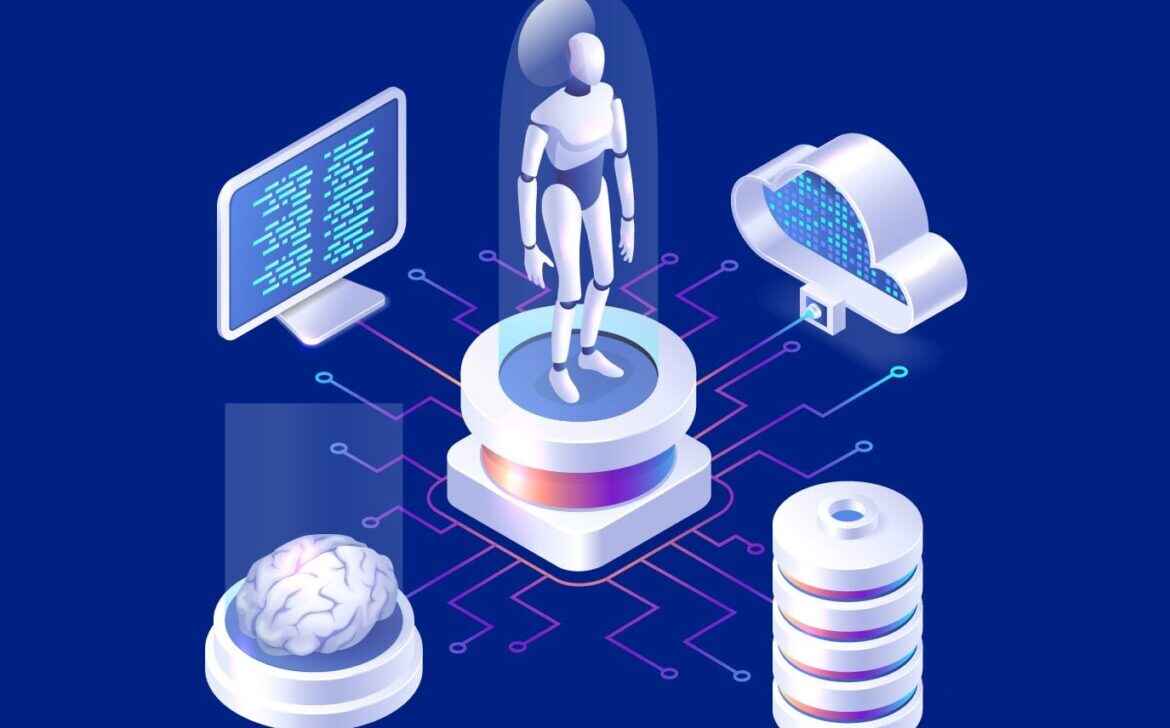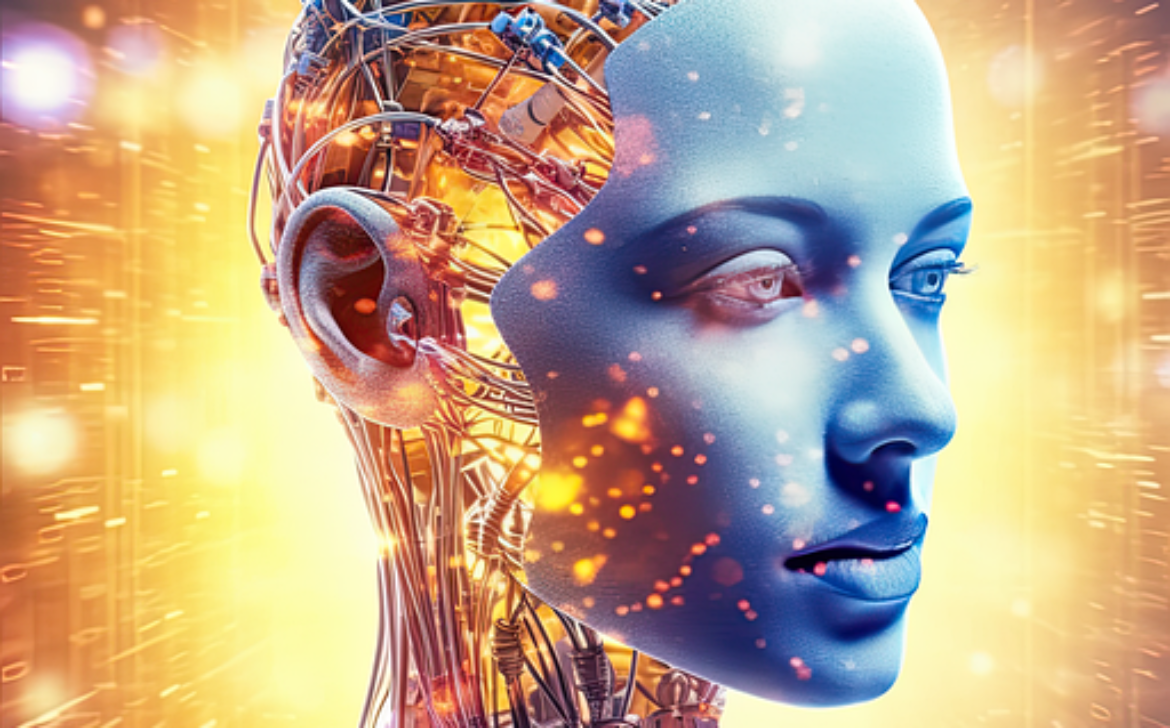The Art and Science of Recommender Systems: Personalizing Your Digital Experience


In the vast landscape of digital content and products, Recommender Systems serve as your trusted guides, helping you discover the content and items that resonate with your tastes. These systems are the wizards behind personalized movie streaming, music playlists, book recommendations, and e-commerce product suggestions. Let’s embark on a journey into the art and science of Recommender Systems.
Understanding Recommender Systems
At their core, Recommender Systems leverage data and algorithms to provide personalized recommendations. They analyze your past interactions, preferences, and behaviors to predict what you might like in the future. Two common approaches are Collaborative Filtering, which identifies patterns among users, and Content-Based Filtering, which analyzes item attributes.
Collaborative Filtering: The Power of User Behavior
Collaborative Filtering works by finding similarities between users or items. If users A and B have similar viewing or purchasing histories, the system can recommend items that user A has liked but user B hasn’t yet discovered. This approach is the foundation of recommendation engines in streaming platforms and e-commerce websites.
Content-Based Filtering: Understanding Item Attributes
Content-Based Filtering, on the other hand, recommends items based on their attributes and how they match your profile. For instance, if you enjoy science fiction movies, a content-based system might recommend other sci-fi films. This approach is effective in domains with rich item descriptions.
Hybrid Systems: Combining Strengths
Many Recommender Systems use hybrid approaches, combining the strengths of collaborative and content-based filtering. These systems provide well-rounded and accurate recommendations by considering both user behavior and item attributes.
Challenges and Innovation
Building effective Recommender Systems is not without challenges. Privacy concerns, data sparsity, and the cold start problem for new users or items are among the hurdles that researchers and engineers tackle. Innovations in deep learning, reinforcement learning, and explainable AI are driving advancements in recommendation algorithms.
Applications Beyond Entertainment
Recommender Systems are not limited to entertainment platforms. They find applications in healthcare for personalized treatment plans, in e-learning for adaptive learning experiences, and in news and content curation for tailored information delivery.
The Future of Personalization
The future of Recommender Systems is marked by ever-increasing personalization. As these systems continue to evolve, they will shape the way we consume content, make purchasing decisions, and interact with digital platforms. The power of personalization is set to enhance user experiences across industries.















